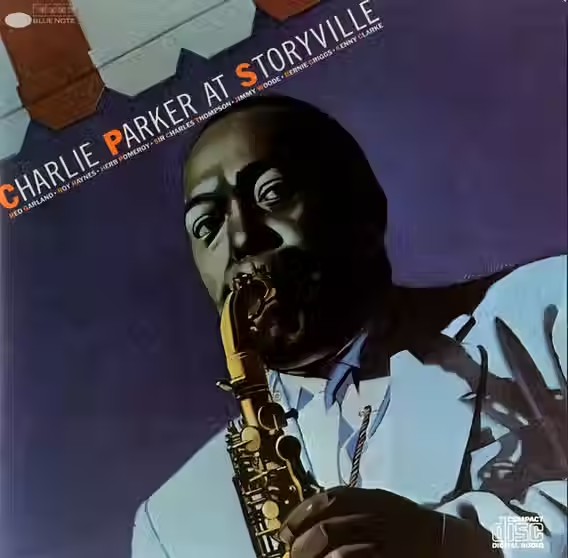Two of the most richly human sequences in cinema c/o Scrooge (1951) and A Canterbury Tale (1944)
- Colin Fleming

- Sep 8, 2023
- 3 min read
Friday 9/8/23
I wanted to talk about richly human sequences in cinema and it wouldn't have felt right to do so without citing the part near the end of Scrooge when Alastair Sim's title character goes to his nephew Fred's house. For me, this is the most touching passage in all of movies and I wrote about it at length in my book on the film, so I don't need to tarry too long on the subject here. But you can't leave it out, can you? The key part of this key sequence involves Scrooge entering the house and what happens in the foyer, before he enters the room with Fred, his wife, and their guests.
No film has ever used music as effectively as composer Richard Addinsell did in this picture, working in conjunction with director Brian Desmond Hurst. The music has such thematic heft. It's a character, really. And a chorus. A confidante. We have Christmas carols that became atonal, and a fugato approach to reoccurring airs, as with "Barbara Allen." I am not aware of a song that has said as much in a movie as that song does in this one, in all of the ways it's used.
Again, that's explored in-depth in the book, but the look the maid gives Scrooge is everything, isn't it? What is more necessarily human than that look?
And speaking of actors named Sim: What a strange coincidence that the second sequence I'd single out--double out?--as the most magically human in movies involves Sheila Sim--in her first film role, no less--in Powell and Pressburger's A Canterbury Tale.
What does faith look like on the big screen? What does faith rewarded look like? What does a human miracle look like?
Human miracles are more special than other miracles, because they're less likely, in theory, to be brought off. They come from finite beings who go past themselves, who find something beyond themselves, share something beyond themselves. It's not a god snapping its fingers. It's a human so human in their humanness that they transcend it. And when a human does that, a human can do what might be the most amazing thing a human can do: cause others to have faith.
Sim's character has returned to Canterbury not for a sightseeing. She's no Montague Rhodes James with a love of church architecture. She holidayed in the area once, in a caravan with the man she was to marry, whom she believes was lost in the war. Unable to part with the caravan, she's kept it in storage for all of that intervening time, and the moths have gotten at it.
Powell and Pressburger called themselves the Archers. I don't believe anyone made films as consistently great as theirs. The arrow always finds the center of the target. Someone like Ford or Hawks can't touch them. No one does in my view, in terms of a run of masterpieces. And what's more, masterpieces that will help you in this life, in addition to entertain you. Hitchcock is an amateur who doesn't know the first thing about humans next to Powell and Pressburger. I believe that their cinematic body of work is the most important such body there is. People make films that you might want. The Archers made the films we need. And you always want them again after you've seen them the once.
A Canterbury Tale is a work of art that I wouldn't trade for just about any other. Sim has this crushing moment upon a visit to the now disused caravan, but then something happens. And it's something human. Divinely human. Can things really work like that? I guess that's a conversation for another time. But what I would say is they can't without faith.
The sequence in Scrooge engenders faith, and so does this moth-ridden scene in A Canterbury Tale. Both are gifts of the most important kind. This is what human miracles look like.



Comments